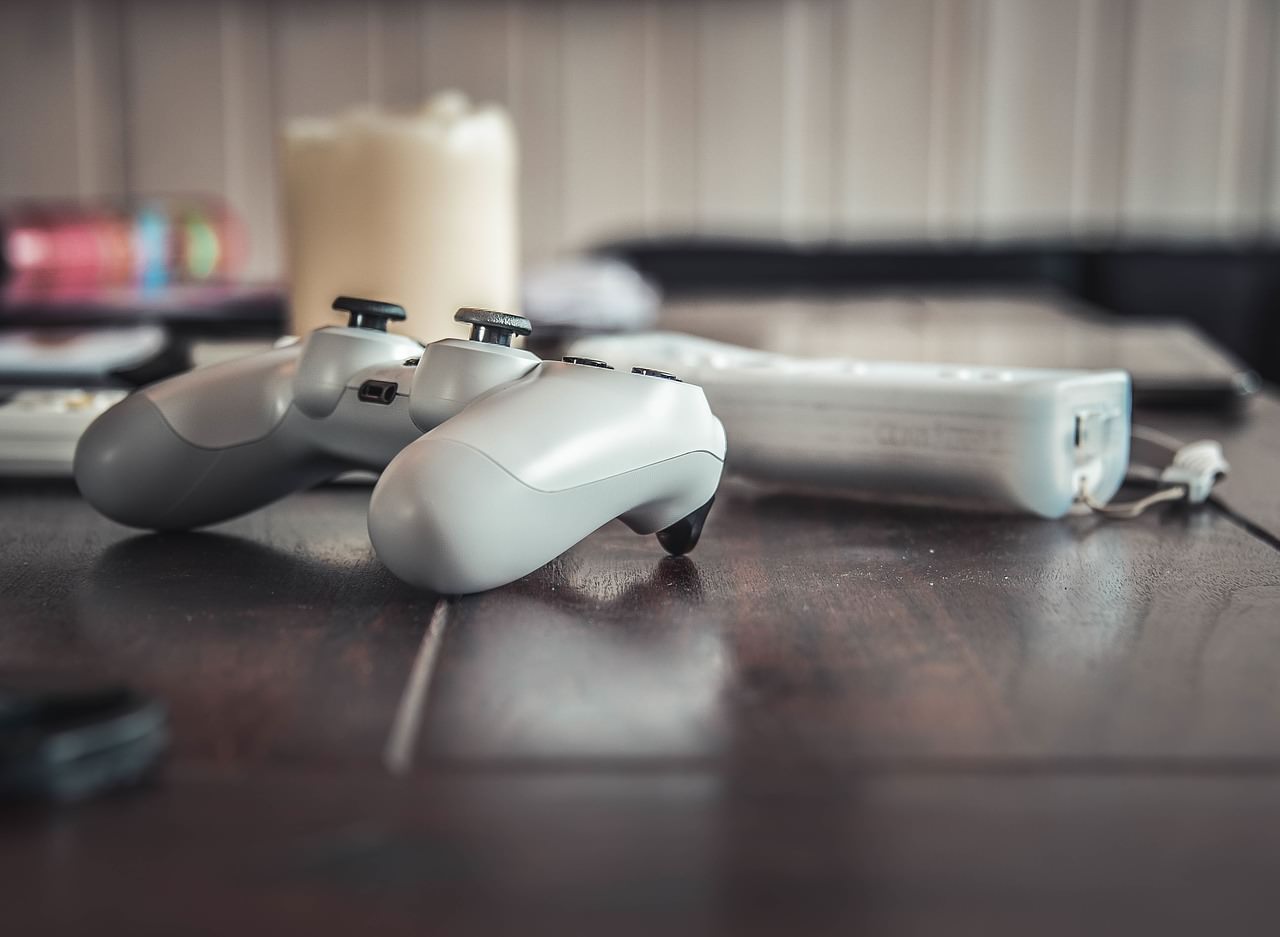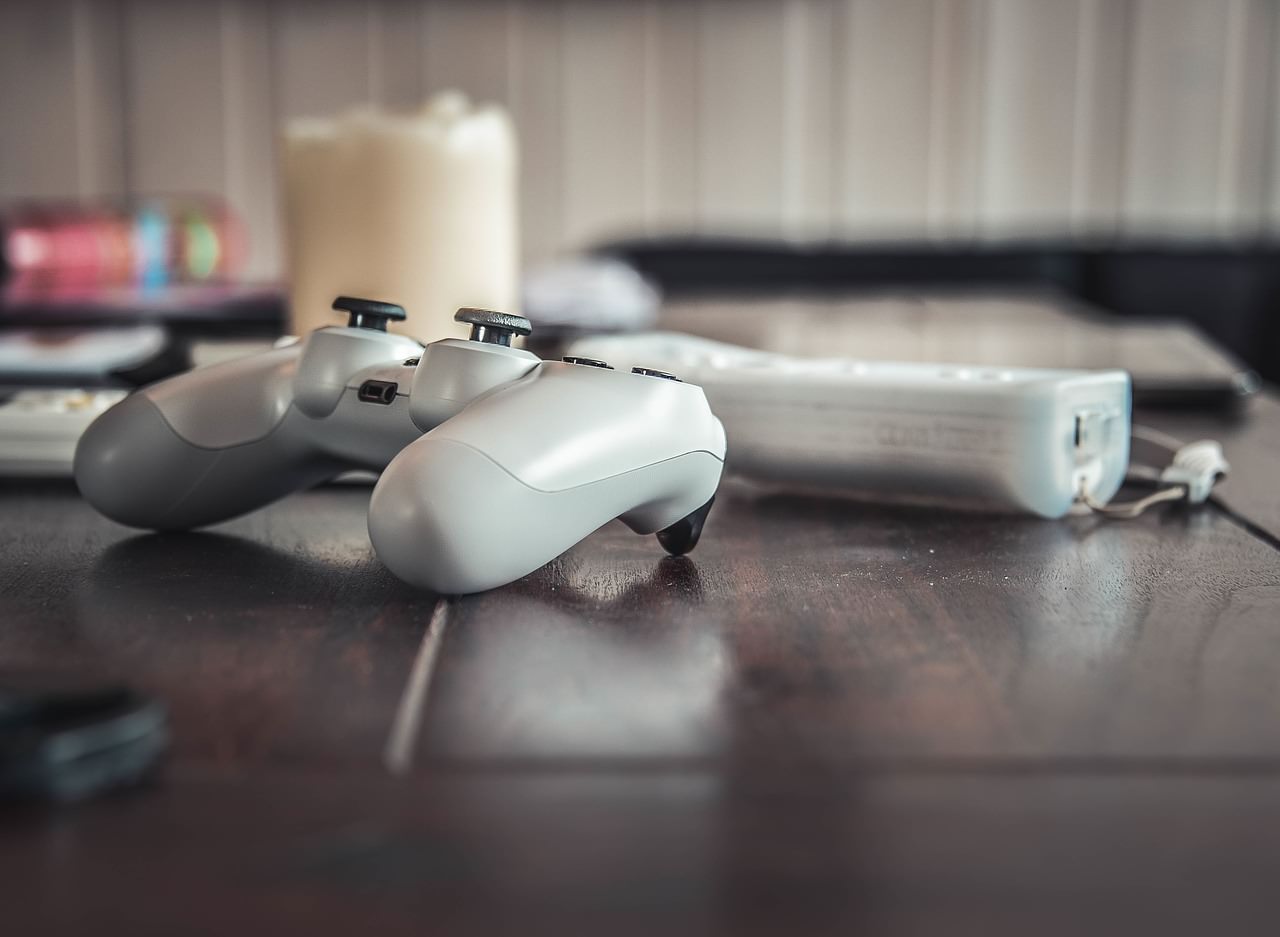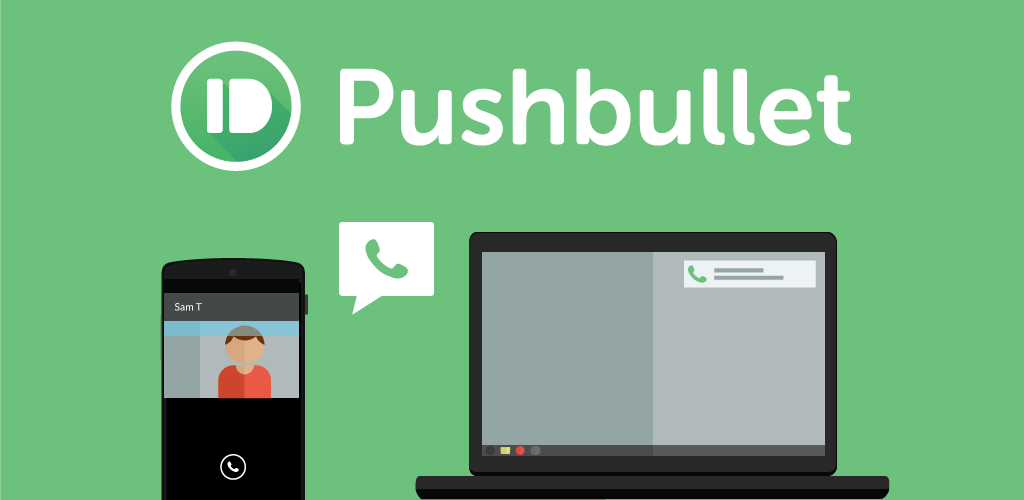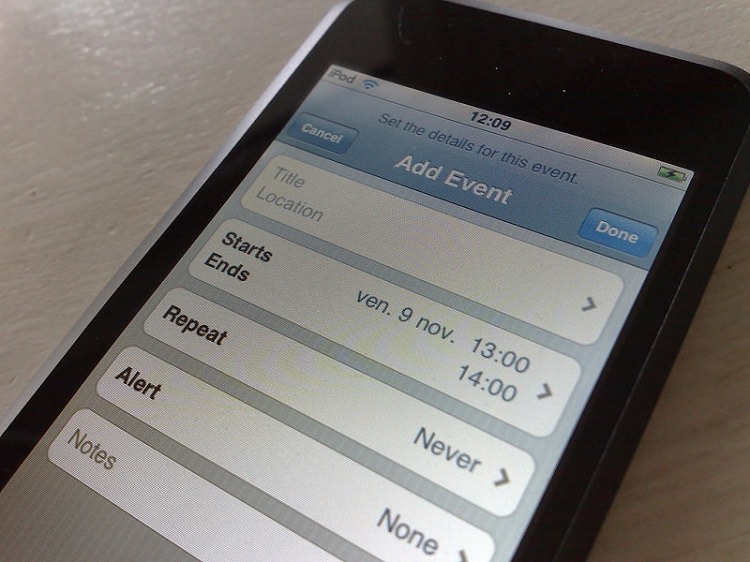It’s almost Christmas, meaning a lot of presents, and also new video games to play. Many parents simply assume that video games are for children, so as long as you limit their time, that’s enough. I’m here to tell you that isn’t the case.
Let’s take one of last year’s biggest releases on PS4, Grand Theft Auto V (GTA V). I know of many parents who bought this for their children following bouts of begging and “everyone else has it” and “it’s a really fun game”. I wonder how many parents realise that the game is R-rated for strong impact language and nudity, and high-impact violence, drug-use and sex? I can also testify to a highly disturbing torture scene.
Then there’s Metal Gear Solid V (MGS V), one of the most highly anticipated releases of this year. I have no doubt many parents also bought this game at the behest of their children. This is also rated R in Australia for high-impact themes and violence, with some bad language, sex and nudity. It also contains a scene with attempted rape.
Would you let your 8-year-old child watch a show like Game of Thrones or a movie like Kill Bill? If the answer is ‘no’, then you should really be looking at the games your children play as well.
I want to clarify, I’m not saying mature games should be banned. Games are made for all ages, just like movies and TV shows. Would you let your 8-year-old child watch a show like Game of Thrones or a movie like Kill Bill? If the answer is ‘no’, then you should really be looking at the games your children play as well.
So, how can you know what your children are playing, and whether they’re age-appropriate? Here are some basic steps every parent should be taking.
1. Read the rating
I can’t stress this enough. Australia has one of the strictest rating systems – the R-rating for games has only been introduced in the past few years (previously, they were refused classification and couldn’t be sold in Australia). Your first course of action should always be to look at the rating and see if it’s appropriate for your child.
If you’re not sure, look at the reasons why the game has that rating. It could be for bad language, or strong violence. Perhaps you feel your child is mature enough to handle such content, and that is your call as their parent. But if your 10-year-old is begging you for (or playing) an MA or R-rated game, that should set off alarm bells immediately.
2. Read reviews of the game
Reviews will generally give you a decent idea of the content of a game, and can be read in under 5 minutes. Read a selection of reviews, as many will cover different aspects or themes. A simple search for “[Game name] review” will give you a multitude of sites. Most won’t tell you outright if the game is suitable for children, but you should be able to form your own opinion from the descriptions and screenshots.
For example, if the reviewer states they loved the open world where you can do anything from wandering around and seeing the sights to robbing people at gunpoint and beating them up, the latter might alert you that you might not want your child playing this game.
IGN, Polygon, Gamespot, Kotaku, and Gamesradar are just a handful of the large, reputable sites that review games. There are a lot of resources out there, so use them well!
3. Watch your child play and talk to them about it
I know, this takes a lot of time you might not have. But beyond the rating and reviews, the most foolproof way is to put aside an hour or so while your child is on the console or computer and watch them play the game. See for yourself what’s happening in-game. Ask your child how they feel about events that happen as you watch. Ask what parts of the game they enjoy the most, and the least. Ask them why.
Ask your child how they feel about events that happen as you watch. Ask what parts of the game they enjoy the most, and the least. Ask them why.
Younger children, especially, are more than happy to share the things they love with their parents, and games are no exception. You might even find that although a particular game is rated MA, you have no problem with your young child playing it because of their level of maturity.
That said, it’s also worthwhile popping your head in every now and again to see what else is going on. Many blockbuster games have in excess of 40-50 hours of content (many have over 100 hours!) so the snapshot you see may not be representative of the entire game. Keep checking in, and make the effort to talk to your child first if you see any content you find objectionable.
4. Check for online multiplayer
So you’ve concluded that you’re happy for your child to play a particular video game. But there’s one more aspect, usually overlooked, that you should keep an eye out for. Online multiplayer means that the game can be played with others online. If the feature is available, it’s usually alongside the single-player part of the game, so you may not even be aware there is an online section. And believe me, it pays to find out.
There is generally no curation for online multiplayer – your child will be playing with whoever happens to be on the same server.
There is generally no curation for online multiplayer – your child will be playing with whoever happens to be on the same server. Yes, that includes teens and adults, some (okay, many) of whom may be using bad language and sexual innuendo in abundance. It’s not just limited to the older age group, either. Many have had run-ins with 10 to 13 year-olds who insult them, swear at them, or – for females – ask them to show their boobs (which is, amazingly, on the less offensive end of the scale).
I’m not saying you need to set a complete ban. But you should be aware if the game has online multiplayer functionality, and whether your child is in that environment. Most Nintendo games, such as Splatoon, create a relatively safe space for kids. But that’s not always the case, and you should always be keeping an eye on what your child is up to online.
(Also, if you discover you’re the parent of one of those foul-mouthed, sexually harassing children, I beg of you to discipline them, and well. In this case, the complete ban is a good option.)
Do you have any tips for keeping an eye on what your children are playing? We’d love to hear about it in the comments!






